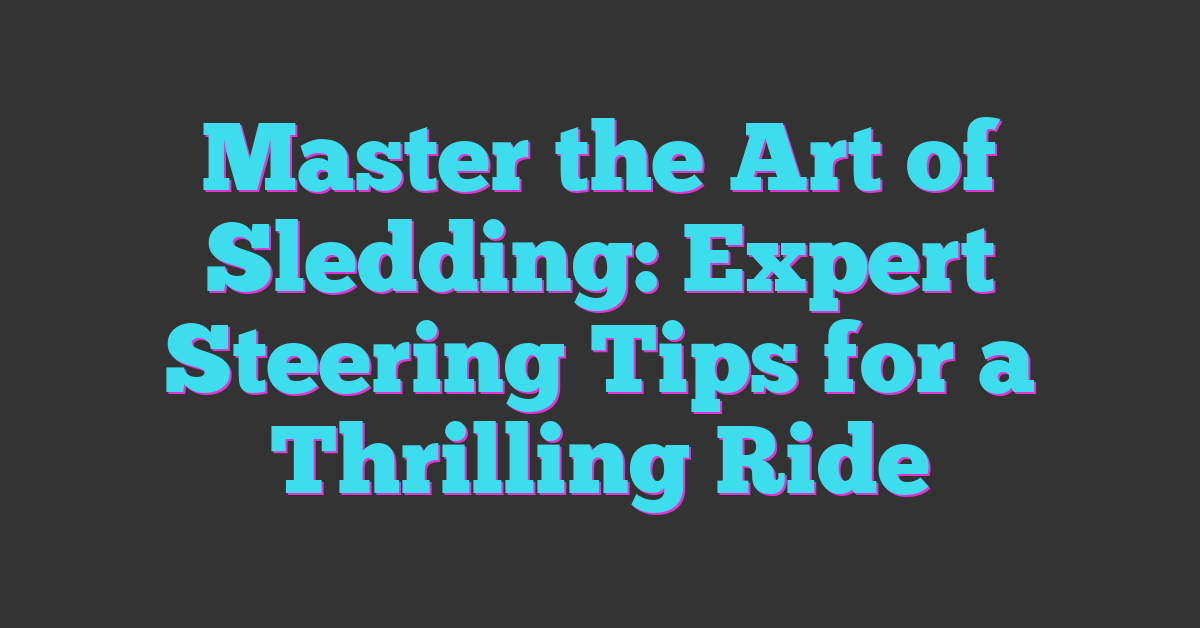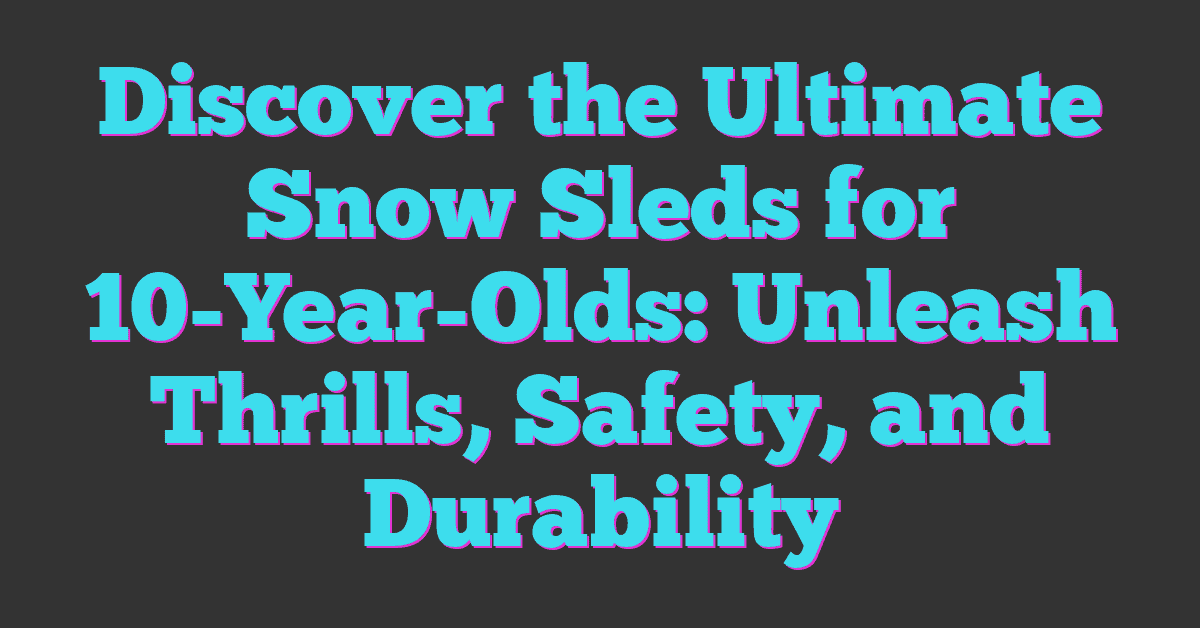Picture this: you’re gliding down the slopes, the wind in your face, when suddenly you feel that jolt. You’ve caught an edge, and your smooth ride turns into a tumble. It happens to the best of us, but it doesn’t have to ruin your day on the mountain.

Understanding Edge Catching
Edge catching occurs when your ski or snowboard edge unexpectedly digs into the snow, often causing a sudden and uncontrolled fall. This issue frequently arises during high-speed turns or when traversing uneven terrain. Recognizing the mechanics behind edge catching helps you take proactive steps to avoid it.
Common Causes of Edge Catching
- Improper Turn Technique: Inconsistent or abrupt turning can lead to catching an edge.
- Loss of Balance: Leaning too far forward or backward disrupts balance, increasing the risk of edge catches.
- Snow Conditions: Icy or variable snow can create unpredictable surfaces that enhance edge catching.
- Equipment Issues: Dull edges or improperly adjusted bindings can affect control and increase the likelihood of catching an edge.
How to Prevent Edge Catching
- Practice Proper Turns: Focus on smooth, controlled turns to maintain your edge grip without excessive pressure.
- Maintain Balanced Stance: Keep your weight centered over your skis or board. This position promotes stability and control.
- Bend Your Knees: Flexed knees provide better support, allowing for adjustments if your edge starts to catch.
- Assess Snow Conditions: Stay aware of the terrain and adjust your speed and technique based on snow quality.
- Sharpen Edges: Regularly maintain your equipment by sharpening edges, ensuring optimal performance and control.
Understanding these aspects reduces the chances of catching an edge and enhances your overall skiing or snowboarding experience. With practice and awareness, you can enjoy the thrill of winter sports without unnecessary falls.
Common Causes of Catching an Edge
Catching an edge can happen to anyone, even seasoned pros. Understanding the common causes can help you prevent those unexpected spills.
Poor Posture
Poor posture leads to a lack of control during your runs. Keep your back straight and your core engaged. When your hips lean too far forward or back, your balance shifts, increasing the chances of catching an edge. Maintain a neutral stance where your weight centers over your feet, allowing for better stability.
Incorrect Stance
An incorrect stance can contribute to edge catching. Proper alignment is crucial; your knees should be slightly bent, and your feet shoulder-width apart. If your knees are too far apart or your feet are too close together, you compromise your balance. Ensure your weight remains evenly distributed. This way, you maintain control, especially when making quick turns.
Uneven Terrain
Uneven terrain poses additional risks for catching an edge. Watch for bumps, ruts, or ice patches that can disrupt your flow. Assess the conditions before heading down and adjust your technique accordingly. Slow down and stay aware of your surroundings. Staying adaptable to varying conditions enhances your performance and keeps those edges in check.
Techniques to Prevent Edge Catching
You can enhance your skiing and snowboarding experience by mastering techniques that prevent edge catching. Implementing proper weight distribution and using appropriate gear greatly reduces the risks associated with edge catching on the slopes.
Proper Weight Distribution
Maintain proper weight distribution across your skis or snowboard. Center your weight evenly over both feet while turning, allowing both edges to engage with the snow simultaneously. Shift your weight slightly forward when initiating turns to encourage smoother transitions. Also, ensure your knees stay flexed, allowing your body to absorb irregularities in the terrain. By distributing your weight effectively, you bolster your balance and agility, making it easier to navigate tricky conditions.
Using Appropriate Gear
Using the right gear is crucial for optimal performance and edge control. Select skis or snowboards that suit your skill level and style. Invest in properly fitting boots, as ill-fitting footwear can hinder your ability to control your movements. Regularly maintain your equipment, ensuring that edges are sharp and bases are waxed for maximum glide. Additionally, consider using wider skis or a board if you’re often skiing in deep snow. This gear choice enhances floatation and decreases the likelihood of catching an edge, especially in variable conditions.
Best Practices for Safety
Practicing smart skiing and snowboarding techniques keeps your experience enjoyable and safe. Follow these best practices to minimize the risk of catching an edge and maximize your time on the slopes:
- Practice Proper Turns
Focus on making gradual turns instead of sharp ones. Slow your speed when approaching turns, letting your edges engage smoothly without sudden jerks.
- Maintain a Balanced Stance
Keep your weight centered over your skis or snowboard. This stance increases stability and control, preventing unwanted edge catching.
- Bend Your Knees
Flexing your knees provides better shock absorption from terrain irregularities. A lower center of gravity enhances your balance, making it easier to navigate bumps or rough patches.
- Assess Snow Conditions
Evaluate the snow conditions before hitting the slopes. Slushy, icy, or mixed conditions require adjusted techniques, so adapt your approach accordingly and avoid areas with significant hazards.
- Mind Your Posture
Keep your back straight and your shoulders aligned with your hips. Good posture helps maintain control and reduces the risk of losing balance, which can lead to edge catching.
- Watch for Uneven Terrain
Stay vigilant about bumps, ruts, and ice patches. When you spot potential hazards, choose a safer path or adjust your turns to maintain control.
- Gear Up Appropriately
Select equipment that matches your skill level. Ensure your skis or snowboard are suitable for the terrain and conditions you’re tackling, and check that your boots fit properly for optimal support.
- Sharpen Your Edges
Keeping your equipment well-maintained is crucial. Regularly sharpen your edges to improve your grip on various snow conditions and enhance overall performance.
By implementing these best practices, you can enjoy the thrill of snow sports while reducing the chances of catching an edge. Prioritize your safety to make the most of every run on the mountain.
Conclusion
Staying safe and enjoying your time on the slopes is all about being aware and making smart choices. By focusing on your technique and maintaining a balanced stance you can significantly reduce the chances of catching an edge.
Remember to keep an eye on the snow conditions and adjust your approach as needed. Regularly checking your gear and ensuring it suits your skill level will also go a long way in enhancing your experience.
With these tips in mind you can embrace the thrill of skiing or snowboarding while minimizing the risk of falls. So gear up and hit the slopes with confidence knowing you’ve got the tools to stay upright and have fun!
















